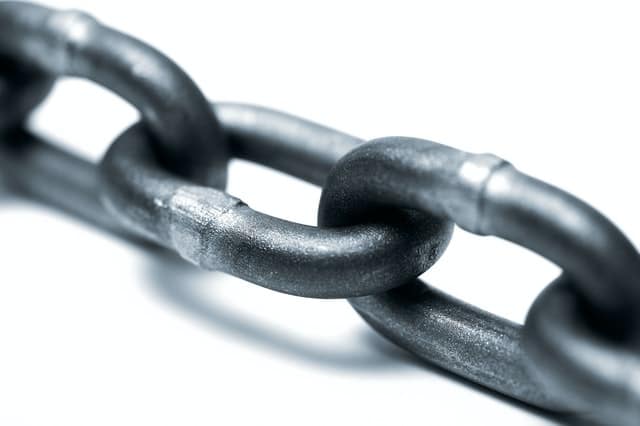Many people are unaware that there are various types of steel. They differ in tensile strength, elasticity, ductility, malleability, weldability, and impact resistance. Steel is a highly valued construction material due to its strength, low production costs, good mechanical properties, and easy recyclability. When choosing steel, it is essential to consider its type, chemical composition, and application.
What are the properties and uses of steel?
There are many steel grades, which differ in alloy content, properties, and uses. Depending on the classification criteria, steel can be divided differently. Based on chemical composition, we distinguish between low-alloy, high-alloy, and carbon steels. In terms of application, steel may be structural, tool, or special-purpose. There are over 3,000 known grades of steel. It is produced from raw material derived mainly from iron ore and enriched with various elements. The molten steel is exposed to oxygen and heated above 1,000°C. Its mechanical properties are primarily determined by the alloying elements used.
Steel is used to manufacture a wide range of products, including nails, hand tools, knives, food cans, car bodies, roofing, and structural profiles. It is highly resistant to compression and tension, has a high melting point, and conducts heat and electricity efficiently. Steel is easy to machine, ductile, and elastic. It is also subjected to galvanizing or zinc-coating to improve corrosion resistance.
Low-carbon steel is soft and flexible, making it relatively inexpensive and widely used. Medium-carbon steel (0.3–0.6% C) offers good mechanical strength and an optimal balance between hardness and ductility. High-carbon steel may contain up to 1% carbon, making it very strong, hard, and resistant to mechanical wear. It is used to make springs and wires. The hardest steel is ultra-high-carbon steel (1–2% C), although it tends to be brittle. Nevertheless, it is ideal for manufacturing blades, knives, and chisels.
Stainless steel is popular for its corrosion resistance and is used in kitchenware and surgical instruments. High-speed steel is known for its extreme resistance to high temperatures—maintaining its properties even at 600°C—making it ideal for cutting tools.


